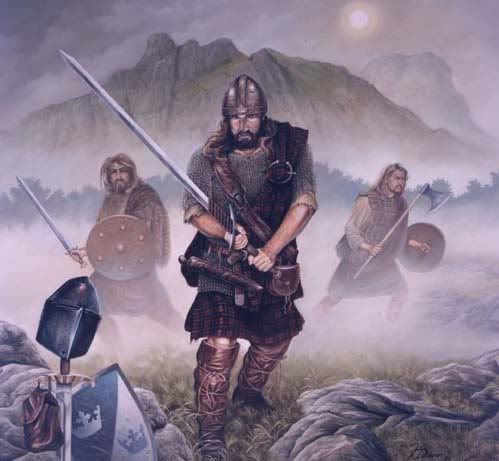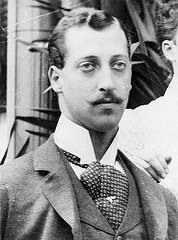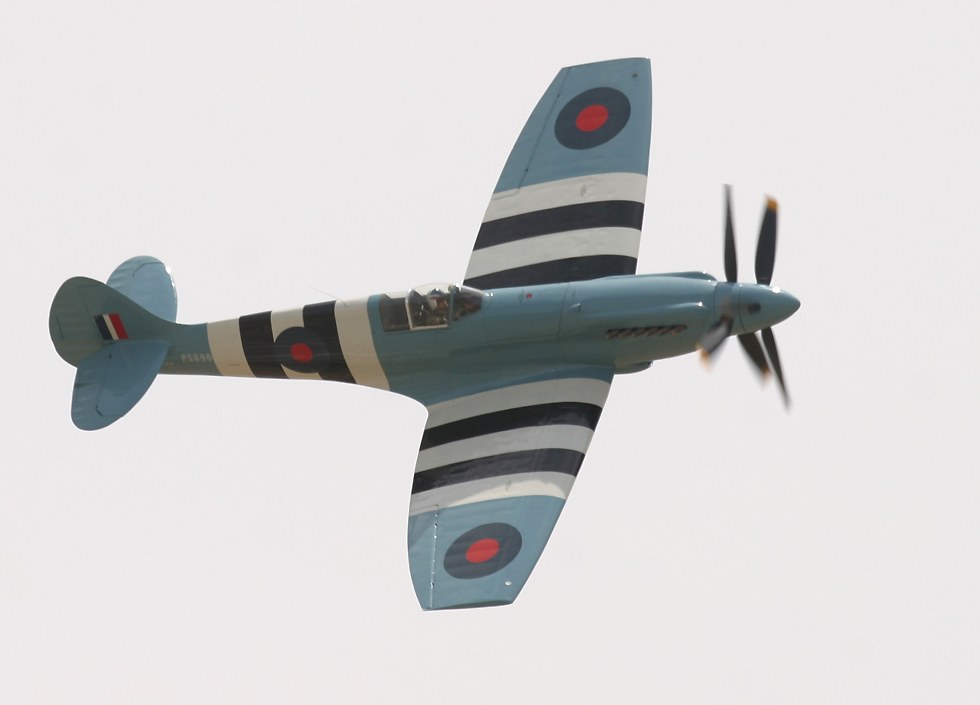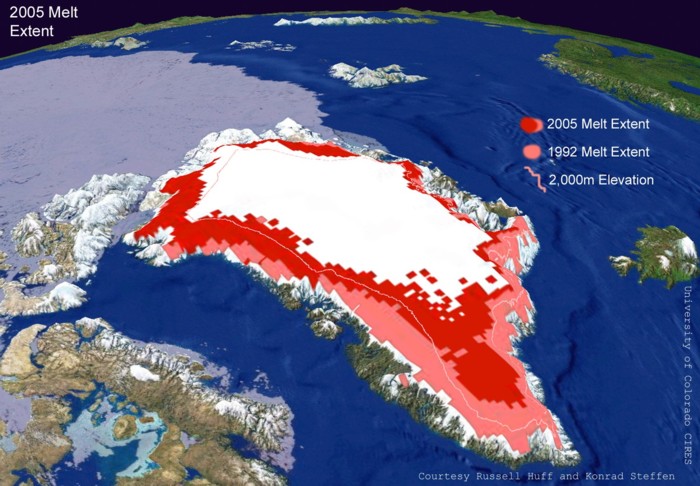` ~Sir William Wallace~
BY Georgia Philpott
William Wallace, the Scottish patriot- known for his strength and courage, was without doubt one of Scotland’s greatest heroes of all times.
Wallace was born in 1274 in : Elerslie, Renfrewshire, western lowland Scotland.
Wallace died on 23rd August 1305:Smithfield Elms, London, England.
The late 13th century in Scotland was a time of war between Scotland and the English. The Scottish throne was being ruled by a 4-year-old girl who was being overseen by a council until she was old enough to rule, and the Scottish nobility was weak. It was an everyday fight for freedom and personal liberties.This was what started the wars of Scottish Independance.
During this time, King Edward of England was attempting to gain control of Scotland by paying off the Scottish nobles and killing those who didn't accept his payments. One of these nobles was William Wallace's father.
William was said to be over six and a half feet tall with incredible strength, intelligence, and agility. He was a master swordsman and horseman and was said to be extraordinarily handsome.
When Wallaces father died he went to live with his uncle in Dunipace, near Stirling.He learned much of the outside world and many languages due to his uncle. He also became a prolific and feared fighter. Wallace moved back to renfrewshire at 16 because of the English invasion and fell in love and married there. He resided there until the rebellion.
William Wallace was a freedom fighter in the late 13th century for Scotland and Ireland against England. The English took over Scotland and Ireland under the rule of their ruthless king, Edward I, more commonly known as "Long Shanks." Wallace led a giant, country-wide people's rebellion against the military presence in Scotland in the hopes of a free country for its entire population. This was triggered by the execution of William's own wife for attacking an English soldier because he was trying to rape her. He named an outlaw for killing the Englishman in 1292, he then fled for the hills and formed an army to harass English soldiers.
In 1297 his army drove the English from scotland and then invaded Northan England. Wallace was elected guardian of the kingdom and began to rule scotland.
Wallace was always very peaceful and never looked for a fight. Some people believed that it might have been the English killing his father and wife that enraged him and drove him to fight the English.This is probably the main reason why williams attitude and views changed. William was a great warrior and leader that led the Scottish army as they tried to free themselves from English rule.
Wallace took up his father's fight and raised an army against Edward.In 1297 he defeated the English in the battle of the Stirling Bridge.This army was strengthened by Wallace's words and determination. Many believed that their leader's "pep-talks" led to Scottish victories. Wallace's favorite quote was "every man dies, but not every man truly lives".
A year later, Wallace and his men lost the Battle of Falkirk. On 1 April 1298, the English invaded Scotland at Roxburgh. They plundered Lothian but had failed to bring Wallace to combat.
By September 1298, Wallace had decided to resign as Guardian of Scotland and went to live wih his uncel in france.
The Scots adopted a scorched-earth policy in their own country, and English quartermasters' failure to prepare for the expedition left morale and food low, but Edward's search for Wallace would not end.
Wallace returned to scotland in 1301 and continued to fight the English.
But in 1305 Wallace was captued by King Edward because John de Menteith, a Scottish knight loyal to Edward, turned Wallace over to English soldiers at Robroyston near Glasgow. Wallace was transported to London and tried for treason and the execution of civilians and prisoners at Westminster Hall where he was crowned with a garland of oak to suggest that he was the king of outlaws. He responded to the treason charge, "I could not be a traitor to Edward, for I was never his subject." With this, Wallace asserted that the absent John Balliol was officially his king. Wallace was declared guilty.
Following the trial, on 23 August 1305, Wallace was taken from the hall, stripped naked and dragged through the city at the heels of a horse to the Elms at Smithfield. He was hanged, drawn and quartered — strangled by hanging but released while still alive, emasculated, eviscerated and his bowels burnt before him, beheaded, then cut into four parts. His preserved head was placed on a pike atop London Bridge. It was later joined by the heads of his brothers, John, and Simon Fraser. His limbs were displayed, separately, in Newcastle, Berwick, Stirling, and Aberdeen.
William Wallace was a freedom fighter, but he did not achieve freedom peacefully. He slaughtered English soldiers as they once did to the helpless women, children and the elderly of Scotland. He fought many wars by the sides of his brethren and he gathered and united a once-scattered nation of Scotland and led its people against the English to regain its freedom. He fought not only for freedom, but also for every human's right to own land, personal property, and the pursuit of a better existence. William Wallace fought for Scotland’s right to breathe.
Wallace was remembered for his srength and courage and a well educated man who fought with passion and brilliant tactics.
He fought till death for desire of scottish rights and freedom.
In his liftime he Sir William Wallace made a name for himself as a waring rebel who tried to unite Scotland and make it a free land and out of the control of its English neighbours. In 1297 he defeated the English and killed the sheriff of Lanark. He then went on, building his army until it faced and crushed the English forces of the Earl of Surrey at Stirling Bridge. Killing one of his arch rivals, Treasurer Cressingham, his undefeated army celebrated their victory by cutting the flesh of Treasurer Cressingham into pieces and handed them out as a symbolic gesture. Sir Wallace made a belt out of his piece.
Wallace beleived that Scotland shoud have their own rights and freedom, eg; For every human's right to own land, personal property, and the pursuit of a better existence.
William Wallace was a great inspiration to his culture and he changed the way the scottish lived forever. He gave scotland it's freedom. He changed the way they lived so that future generations would have thier own rights as individuals and not be ruled by a King from another country.

William Wallace was a hero of scotland, a true patroit. His desire for peace and freedom united the clans, gained the loyalty of the people, struck fear into his emenies and defied the evil king, Edward.
 A plaque stands in a wall of St. Bartholomew's Hospital near the site of Wallace's execution at Smithfield. Scottish patriots and other interested people frequently visit the site and flowers often appear there.The Wallace Sword was held for many years in Loudoun Castle and is now in the Wallace National Monument near Stirling.
A plaque stands in a wall of St. Bartholomew's Hospital near the site of Wallace's execution at Smithfield. Scottish patriots and other interested people frequently visit the site and flowers often appear there.The Wallace Sword was held for many years in Loudoun Castle and is now in the Wallace National Monument near Stirling.
 William Wallace is an important person in life because he is a great role model. He believed in freedom and rights for all people and he stood by it. He fought and died for his people’s sake, so they could be free. He has made a difference in life through his strong beliefs, but more by the action of not bending when others disagreed with him. He firmly stood by his belief of freedom and personal liberties. He died trying to save his people and for his cause... I don’t think you can be any more heroic than that!
William Wallace is an important person in life because he is a great role model. He believed in freedom and rights for all people and he stood by it. He fought and died for his people’s sake, so they could be free. He has made a difference in life through his strong beliefs, but more by the action of not bending when others disagreed with him. He firmly stood by his belief of freedom and personal liberties. He died trying to save his people and for his cause... I don’t think you can be any more heroic than that! Scotland- The land for whose freedom William Wallace gave his life.
Scotland- The land for whose freedom William Wallace gave his life.

Father: Sir Malcolm Wallace
Brother: Malcolm (older)
Brother: John (younger)
Wife: Marion Braidfute


When Wallace was in his twenties, he led the Scottish army in the battle of Stirling Bridge.
In the battle, the Scots hid at the top of the Abbey Craig.
The battle of Stirling Bridge was one of the many battles the Scots fought as they tried to free themselves from English rule.
Bibiliography
www.clanmcalister.org/wallace.html
http://www.highlander.web.co.uk/
www.bbc.co.uk/scottishhistory.html
http://www.groups.dcs.st-and.ac.uk/
http://www.williamwallace.com/




























